Fitbit Inspire 3 vs Charge 6: Revealing Better Fitness Tech
Fitbit Inspire 3 vs Charge 6: Unveiling the Fitness Frontier
Enter the realm of fitness technology, where Fitbit, a leader in monitoring health, presents the Inspire 3 vs Charge 6, two formidable competitors. These gadgets emerge from this battle of innovations as more than just fitness trackers; they are a combination of fashion, utility, and state-of-the-art health analytics. With its elegant appearance, the Inspire 3 appeals to individuals looking for a discreet partner, but the Charge steals the show with its powerful display and cutting-edge capabilities, satisfying the needs of fitness enthusiasts who want more from their wearable. As we learn more about these exercise partners, it becomes clear that the journey is about more than just counting steps—it’s also about negotiating the complexities of one’s health and well-being.
Beyond the typical bounds of fitness tracking, the Inspire 3 and Charge 6 transform into essential allies in the quest for a healthy way of life. Each gadget has a unique personality that lies behind its elegant and durable exterior. The Inspire 3 is the pinnacle of delicacy and subtlety, while the Charge 6 is a powerful tool for fitness metrics enthusiasts. This introduction establishes the framework for an in-depth investigation that delves into the subtleties of each device’s designs, examines the features that set them apart, and helps users choose the one that best fits their fitness journey.
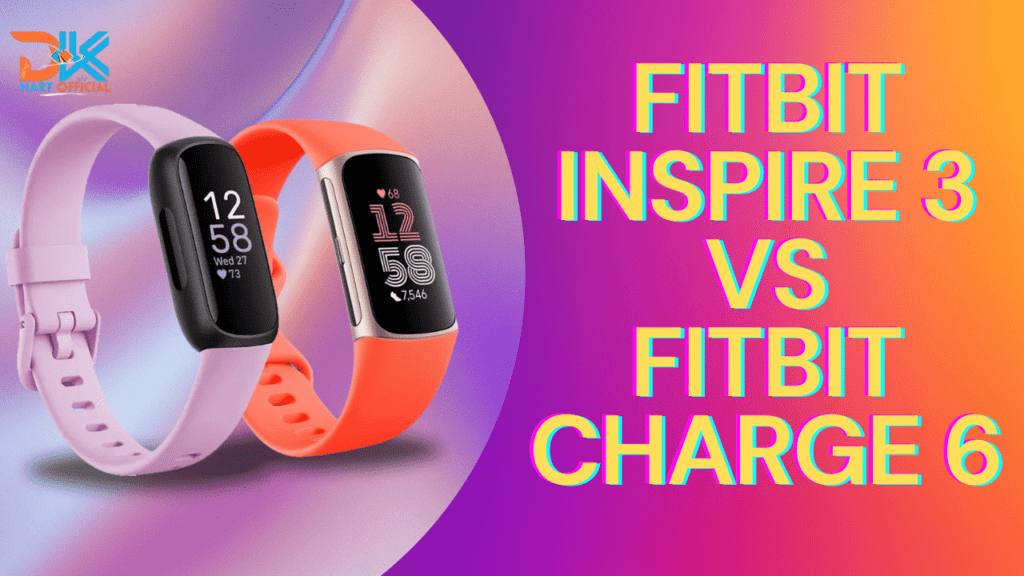
Fitbit Inspire 3 vs Charge 6: Design and Build
Fitbit Inspire 3 vs Charge 6: The Fitbit Inspire 3 and Charge 6 present different design approaches in the field of fitness aesthetics, giving consumers more than simply wearables—they are fashion statements. The Inspire 3, a model of understatement, has a neat, understated appearance that fits in perfectly with the user’s way of life. Its elegant design and feather-light construction make it a discrete addition to any setting. Conversely, the Charge 6 commands attention with its sturdy and substantial construction and offers a bigger canvas with a spacious display. Beyond just size, customers who want to combine athletic prowess with a statement piece on their wrist are drawn to the Charge 6’s distinctive appearance.
The artistry and textures of both devices add to their personalities and elevate the conversation to a level beyond words. Sophisticated touches such as subtle textures and finishes are incorporated into the elegantly designed Inspire 3. It demonstrates Fitbit’s dedication to creating devices that flawlessly combine form and function. However, the Charge 6 takes a more tactile approach, with materials and textures that are both tough and boost grip while also conveying a sense of durability. Users who value a device that feels and looks solid and is prepared to support them in any exercise attempt will find this tactile distinction appealing. Thus, the decision becomes more than just design.
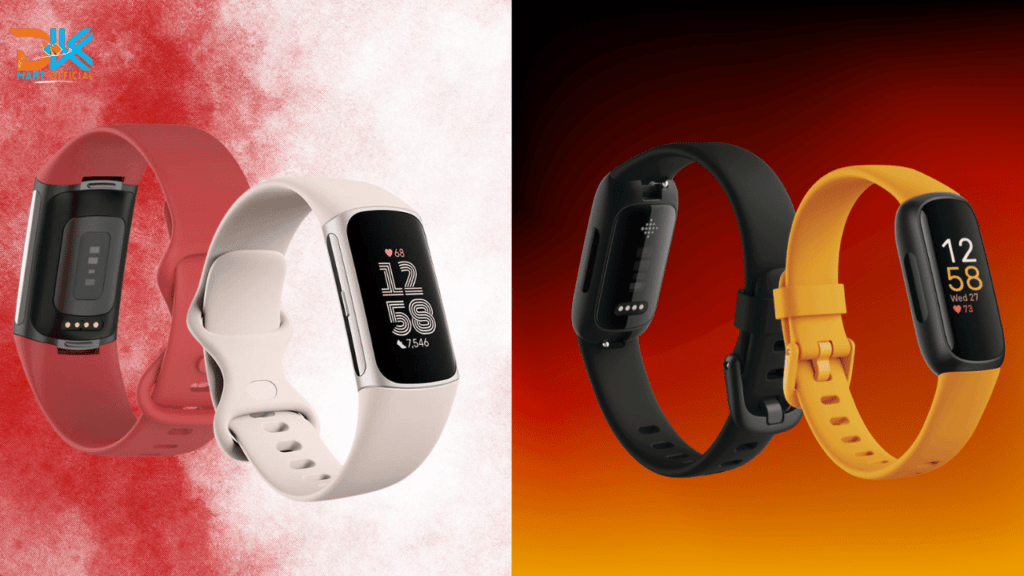
Health and Wellness Features
Fitbit Inspire 3 vs Charge 6: With its emphasis on overall well-being, the Fitbit Inspire 3 reinvents health tracking. It offers sophisticated stress tracking, which goes beyond heart rate monitoring and step counts. It gives customers insights into everyday tensions and helps them locate peaceful periods. Menstrual health tracking addresses women’s health by providing a thorough picture of their journey toward reproductive health. The level of sleep tracking has increased, providing insights and suggestions for better sleep quality through the Sleep Score. The 360-degree view of health that Inspire 3 excels at offering consumers is in line with their goal of a well-rounded approach to fitness.
As a leader in health metrics, the Charge 6 expands its capabilities with training modes that provide in-depth analysis of different exercises. Going one step further, advanced heart rate monitoring provides information on heart rate zones during exercise. While keeping sleep tracking as its primary focus, it also includes a SpO2 sensor that lets users check their blood oxygen levels. With its comprehensive stats to help fitness aficionados fine-tune their workouts and maximize overall health, the Charge 6 becomes an ally. Which of the two models the user prefers will ultimately depend on how much emphasis they place on fitness measures or overall well-being.
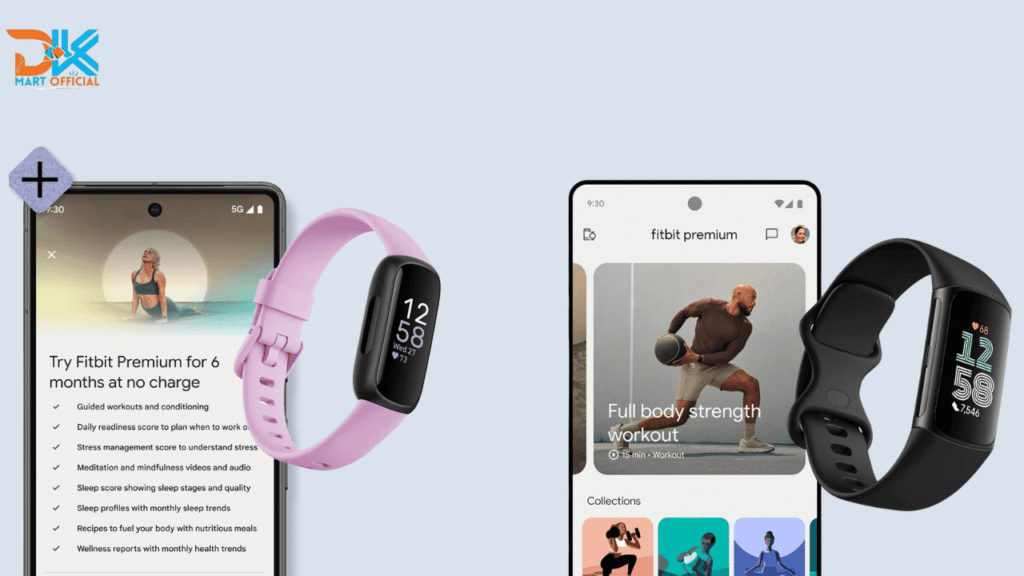
Battery Life
The Fitbit Inspire 3 treads softly on the boundary between style and durability. Its battery, a silent collaborator in the background, composes a smooth seven-day symphony of intelligent features and health tracking. Users won’t have to stop to recharge during a week-long session because of this efficient ballet. The Inspire 3 transforms from a fitness partner to an uninterrupted tracking choreographer, bringing a hint of elegance to the everyday routine.
The Charge 6 is the front-runner in the battery endurance competition. It takes on the task of extended tracking with steadfast confidence because of its strong endurance, which lasts for up to 10 days. This heavyweight not only maintains up with the most rigorous exercise regimens but also proves to be a dependable companion on longer excursions. The Charge 6 is an intriguing option for people who see their health journey as an epic and want a gadget that stays charged for the duration of the journey. It does this by transforming the concept of battery life into a narrative of endurance.
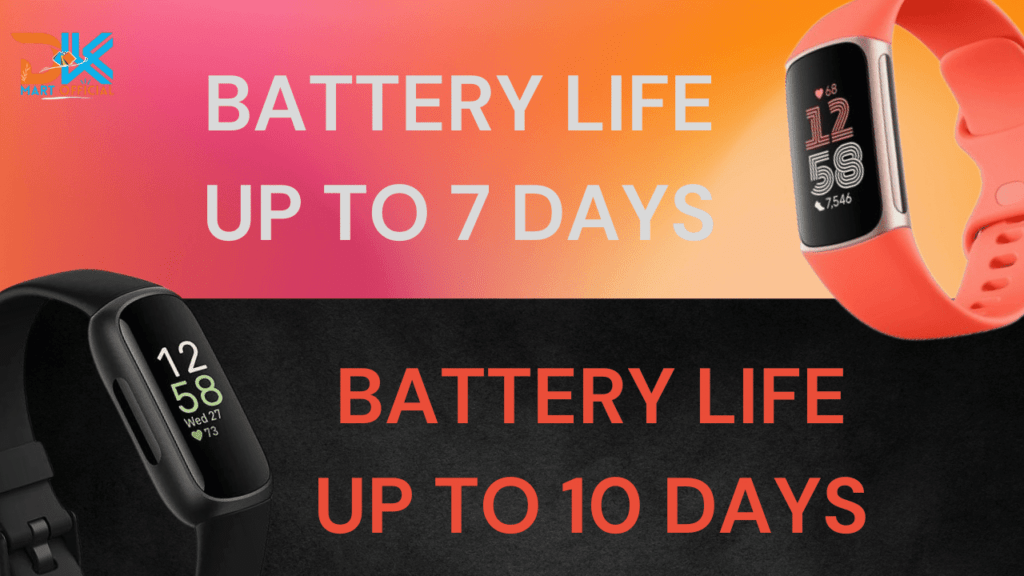
Price and Value for Money
The Fitbit Inspire 3 and Charge 6 provide a more in-depth analysis of cost and value. The Inspire 3, positioned as a more affordable entry-level fitness tracker, provides access to the Fitbit ecosystem. Because of its simple design and basic health monitoring features, it is an attractive option for anyone searching for an accessible, affordable introduction to fitness tracking. Fitbit’s well-known accuracy and dependability can be accessed with ease using the Inspire 3, which offers consumers an affordable option for those who value basic health information and everyday activity monitoring.
Conversely, the Charge 6 markets itself as a high-end fitness partner at a somewhat elevated cost, providing an extensive feature set for those who demand a sophisticated fitness monitoring experience. The Charge 6 provides a more comprehensive toolkit for consumers who are deeply committed to their fitness journey, which justifies its price. It does this by offering specialized training modes, a larger display, and extra health metrics. The personalized experience it offers users who want a more in-depth understanding of their fitness and health data is where the value for the money is found, not simply in the features. The decision between the Inspire 3 and Charge 6 ultimately comes down to personal priorities.

User Experience and Interface
Different chapters in the history of UI and UX design are shown by the Fitbit Inspire 3 and Charge 6. The Inspire 3’s user-friendly interface, which emphasizes simplicity, melds in perfectly with the user’s everyday activities. The user experience is also minimalistic, with a simple navigation structure that guarantees users can easily access health metrics and intelligent functions. The thin UI appeals to people who want a fitness tracker that blends in with their everyday activities and delivers necessary data with little user input.
The Charge 6, on the other hand, makes use of its greater display of real estate to explore a new frontier of improved engagement. Because of the interface’s ability to display more information quickly, users who value a more thorough and engaging monitoring experience may choose to use it. Fitness can readily access advanced health measures and specialized workout modes, which provide them with a more comprehensive picture of their performance. The Charge 6 improves the user experience reflecting the user’s commitment to a thorough fitness journey through a dynamic UI. Whether people choose a more feature-rich and engaging connection with their fitness tracker or a more streamlined, minimalist interface will determine which of the two devices they choose.
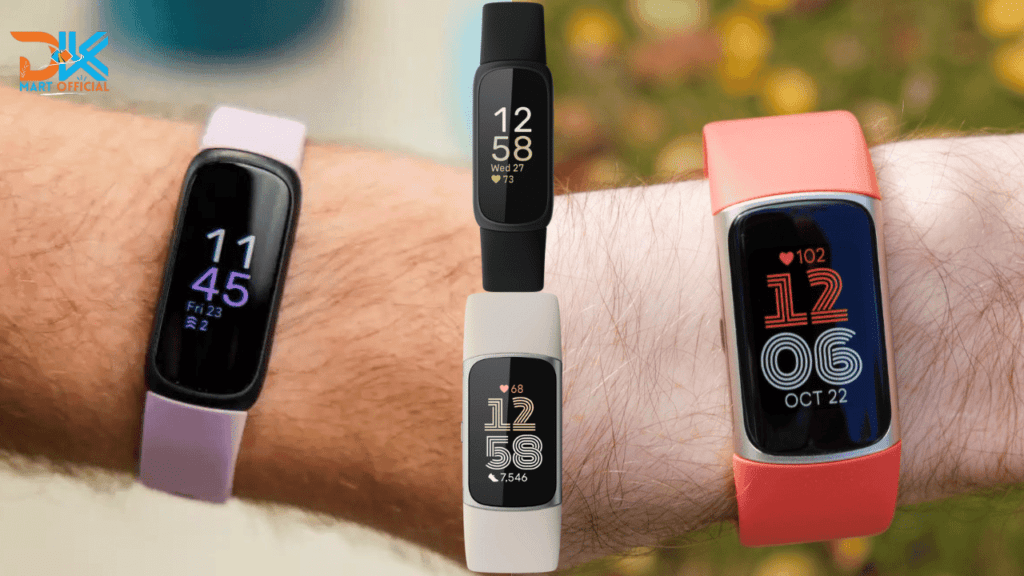
Heart Rate Monitoring
With their sophisticated heart rate tracking features, the Fitbit Inspire 3 and Charge 6 give customers a comprehensive picture of their cardiovascular health. During workouts, users may stay within their goal heart rate zones with the help of real-time tracking provided by the optical heart rate sensor found on Inspire 3. This function is very beneficial for people who want to maximize their exercise intensity to get greater fitness outcomes. Beyond exercise, continuous heart rate monitoring offers a comprehensive picture of overall cardiovascular health as well as insights into daily variations. When customers prioritize heart health in their exercise path, the Inspire 3 proves to be a dependable friend because of its emphasis on accuracy and simplicity.
However, Charge 6 goes above and above in terms of heart rate monitoring. It provides more detailed data for a more in-depth analysis in addition to tracking heart rate zones throughout workouts thanks to its sophisticated sensors and algorithms. Cardio Fitness Score is a novel statistic introduced by The Charge 6 that evaluates a user’s cardiovascular fitness level based on their resting heart rate and demographic data.
With an eye toward ongoing progress, this extra layer of information enables users to make well-informed decisions about their exercise regimens. With its extensive range of heart rate monitoring features, the Charge 6 turns become a vital tool for consumers looking to gain a better understanding of their cardiovascular health and fitness development. Whether users value real-time is ultimately what determines which of the two models they choose.
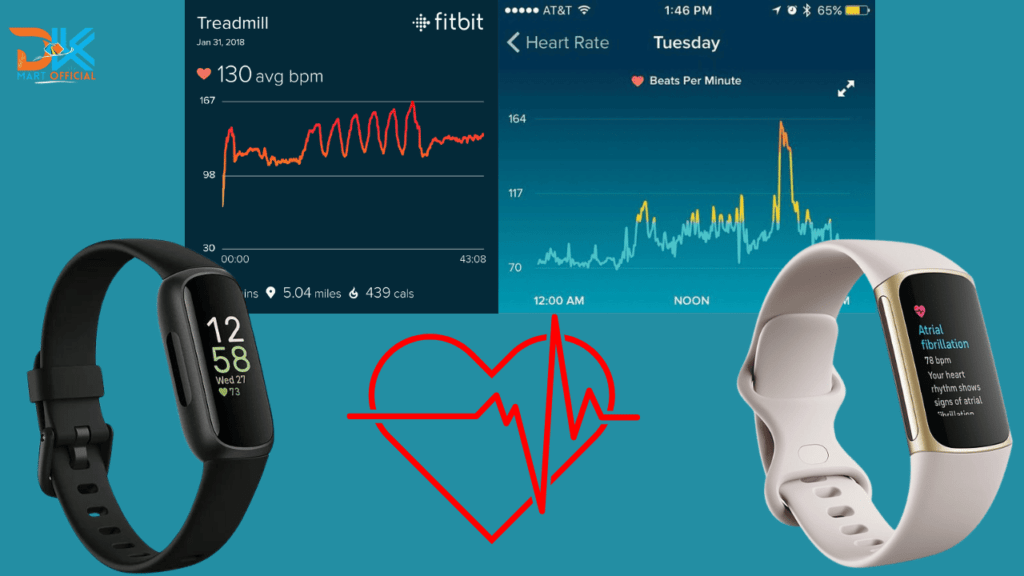
Sleep Tracking
Fitbit’s Inspire 3 sleep tracker takes a more advanced approach, aiming to enhance customers’ understanding of their sleep habits and overall health. In addition to recording the total amount of time spent in bed, advanced sleep phase tracking gives information on the light, deep, and REM periods of sleep. The Sleep Score tool uses this data to produce a comprehensive assessment of the quality of sleep. A gentle alarm ensures a more leisurely wake-up and promotes a more relaxed day schedule. Customers who appreciate a thorough awareness of their sleep health can benefit from Inspire 3’s sleep monitoring suite, which also helps to gradually improve sleep habits.
The Charge 6 takes sleep tracking to a new level by including enhanced sleep metrics. It incorporates a SpO2 sensor in addition to monitoring sleep stages, giving information about blood oxygen levels at night. This extra measure adds to the study, making it more thorough and enabling users to comprehend possible disturbances in their sleep patterns. The Smart Wake function on the Charge 6 seeks to awaken users at the best possible time for their sleep cycle, resulting in a more rested wake-up. The Charge 6 provides a full feature set that improves the overall sleep monitoring experience for consumers who value having a thorough grasp of their sleep health.
When it comes to sleep tracking, customers can choose between the Inspire 3 and Charge 6 based on whether they want a thorough study with other metrics or only the vital information to help them change their sleeping patterns.
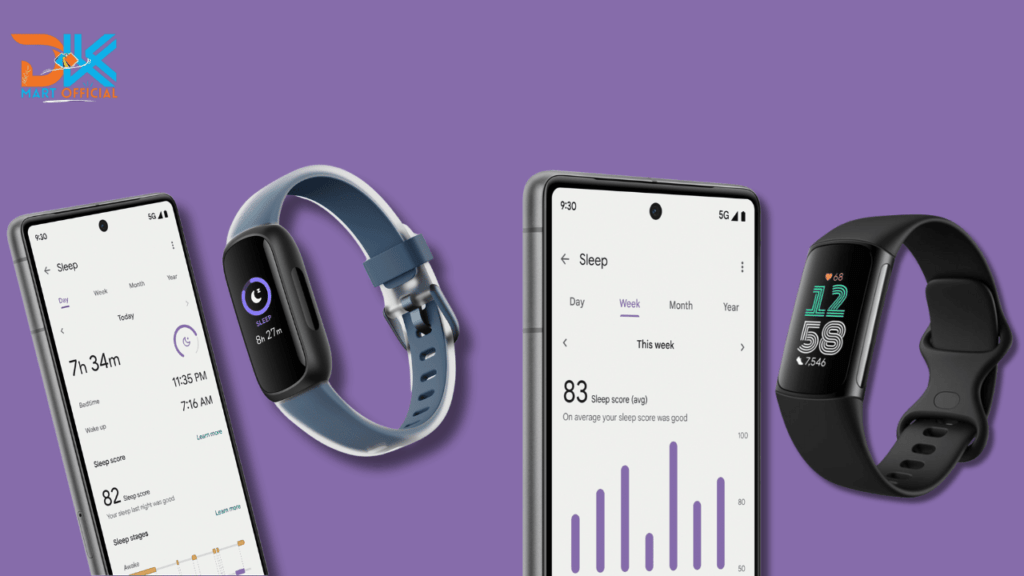
Connected GPS
The Fitbit Inspire 3 compensates for its lack of integrated GPS using Connected GPS. A compatible smartphone’s GPS can be used to precisely track outdoor activities like jogging or cycling. This functionality makes sure that users can take advantage of the Inspire 3’s simplified appearance while still getting accurate route mapping and comprehensive exercise data. Without sacrificing the Inspire 3’s thin and light design, the Connected GPS feature delivers a level of location precision for users who routinely work out outside and prefer to carry their smartphones.
The Charge 6, on the other hand, ventures into the domain of standalone GPS capabilities, doing away with the requirement for a linked smartphone when engaging in outdoor activities. With the built-in GPS capability, users may be more independent and leave their phones behind while still maintaining accurate path tracking. For consumers who value the ease of untethered outdoor tracking, the Charge 6 becomes a compelling option because it offers a more simplified experience when engaging in sports like cycling, hiking, or running. Whichever users prefer—the independence of standalone GPS functionality or the extra convenience of smartphone-dependent tracking—will determine which of the Inspire 3 and Charge 6 has Connected GPS.
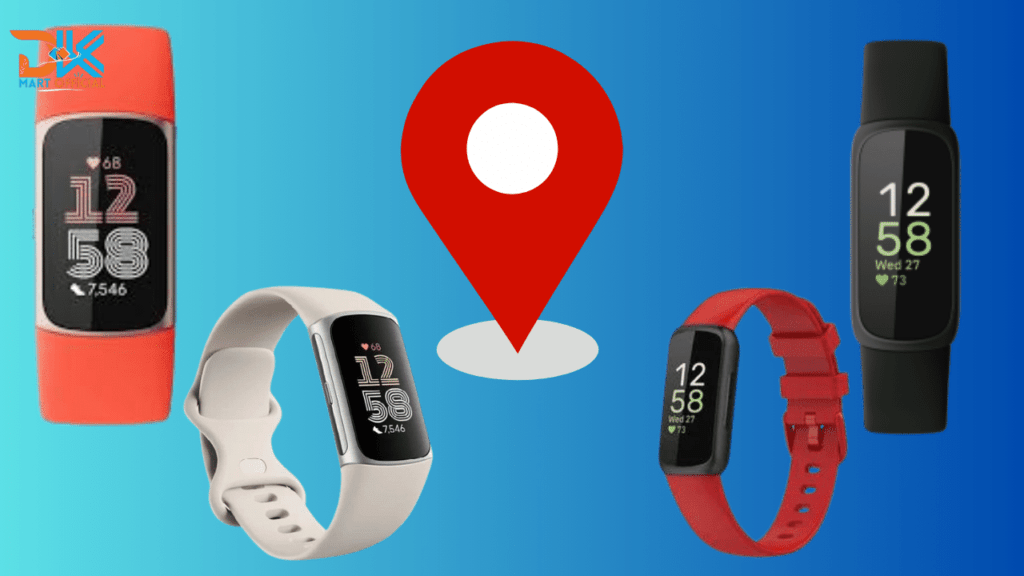
Smartphone Notifications
With its smooth smartphone integration, the Fitbit Inspire 3 provides vital notifications right on your wrist. It may not have a large display, but by sending text, phone, and app alerts straight to the device, it makes sure users never lose connection. The Inspire 3 is a great option for anyone who would rather have smartphone alerts be less noticeable during daily activities or exercise since it strikes a balance between giving consumers important information and not overwhelming them.
The Charge 6 makes the notification experience a more engaging interaction because to its larger display. In addition to receiving call, text, and app alerts, users may access a greater variety of information quickly and view longer message previews. When it comes to those who want a more thorough and detailed display of smartphone alerts, the Charge 6 becomes a compelling choice. The Charge 6 makes sure you keep updated without pulling out your smartphone, whether you’re at a conference or working out hard.
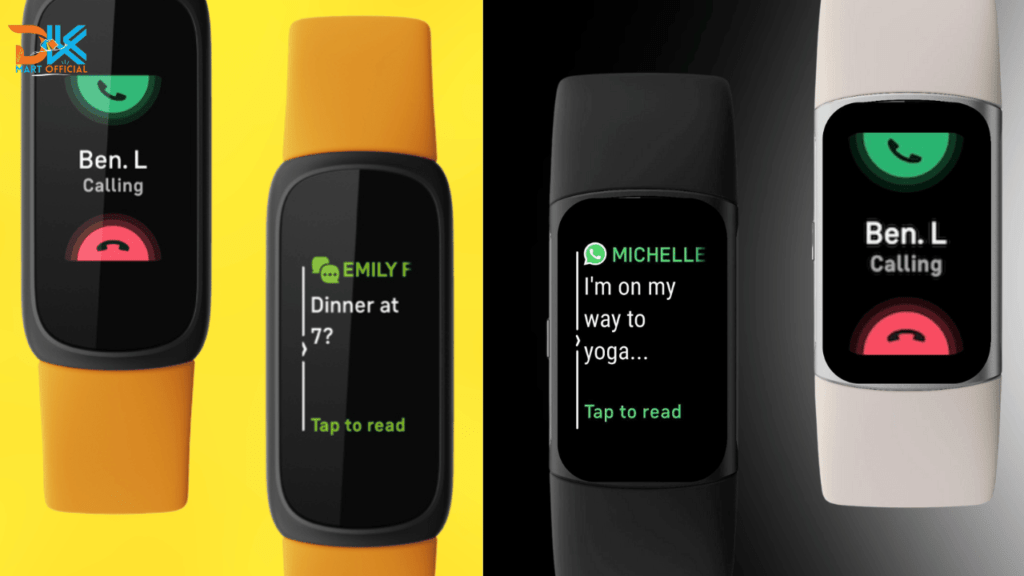
Here’s a Table Outlining The Pros and Cons of the Fitbit Inspire 3 vs Charge 6:
| Pros | Cons |
| Fitbit Inspire 3: | |
| Elegant appearance: The Inspire 3 is a great option for people who value style in their fitness tracker because of its elegant and understated appearance. | Limited Display: Users who prefer more comprehensive on-screen information may find the smaller display to be a disadvantage. |
| Affordability: The Inspire 3, which is positioned as an entry-level activity tracker, provides a reasonably priced way to join the Fitbit community. | Basic Workout stats: It might not have all of the sophisticated features and workout stats seen in more expensive versions. |
| Affordability: The Inspire 3, which is positioned as an entry-level activity tracker, provides a reasonably priced way to join the Fitbit community. | |
| Connected GPS: Although it doesn’t have built-in GPS, it makes up for it by having Connected GPS capabilities when connected to a smartphone. | |
| Fitbit Charge 6: | |
| Big Display: The Charge 6 has a larger display than the previous model, which provides a more immersive user experience and more comprehensive on-screen information. | Greater Price Point: The Charge 6 has a higher price tag because it is positioned as a high-end exercise companion. |
| Big Display: The Charge 6 has a larger display than the previous model, which provides a more immersive user experience and more comprehensive on-screen information. | Heavier Build: Those who favor small, lightweight fitness trackers may find the more solid design to be less appealing. |
| Built-in GPS: Users can enjoy the ease of untethered outdoor tracking with the standalone GPS functionality. | |
| Longer Battery Life: Those who value longer usage between charges will find the Charge 6’s remarkable 10-day battery life appealing. |
Frequently Asked Questions
Conclusion
The Fitbit Inspire 3 and Charge 6 are two prominent actors in the ever-changing world of fitness technology; they each tell a different story as they support users in their quest for health and well-being. The launch invites consumers to enter a world in which these wearables are more than just trackers; they are stylish, useful, and equipped with state-of-the-art health analytics. Selecting between the Charge 6’s robust features and the beautiful elegance of the Inspire 3 becomes a voyage through one’s health journey, not merely one of the tracking steps.
Examining the build and design, the gadgets reveal themselves as fashion statements, with the Charge 6 drawing attention with its sturdy design and the Inspire 3 exhibiting elegance. The physical dimension added by texture craftsmanship elevates the choice above mere looks. The Charge 6 appeals to fitness metrics enthusiasts with its advanced training modes and comprehensive heart rate tracking, while the Inspire 3 focuses on holistic well-being. The health and wellness features of the two devices offer a subtle contrast.
For the Inspire 3, battery life transforms into an elegant symphony, while for the Charge 6, it becomes an endurance marathon, accommodating varying tastes. A premium fitness companion and an entry-level fitness tracker, each providing value differently, are contrasted in the cost and value discussion. Tailored to users’ preferences for feature-rich engagement or simplified interaction, user experience and interface become chapters in a story about simplicity versus engagement.
Heart rate monitoring becomes a precision journey: the Charge 6 goes above and above with extensive information and Cardio Fitness Score, while the Inspire 3 offers accuracy and simplicity. With the Inspire 3 providing in-depth insights and the Charge 6 bringing improved metrics and a Smart Wake feature for a more rested wake-up, sleep tracking becomes a story of improvement.
It therefore becomes a decision between standalone GPS independence and smartphone-dependent accuracy with connected GPS. The Charge 6 offers an immersive experience on its larger display, while the Inspire 3 discreetly provides updates. The conclusion is revealed through smartphone alerts.
Finally, customers are invited to select the notes that correspond with their fitness song from the symphony of options presented by the Fitbit Inspire 3 and Charge 6. The path is unique, and these gadgets emerge not just as trackers but as partners in the user’s quest for a healthier, more educated lifestyle—whether it’s through the grace of subtlety or the might of features.

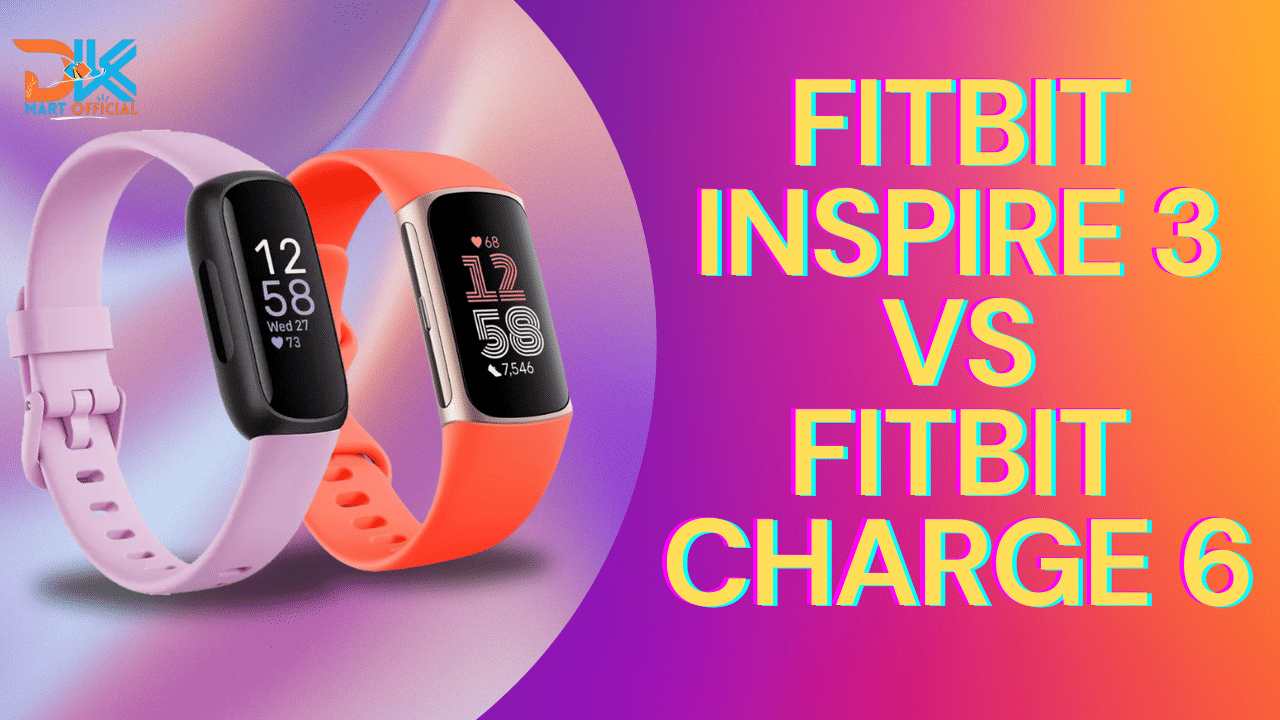
This website page is unbelievable. The radiant substance reveals the moderator’s excitement. I’m awestruck and expect additional such astounding posts.
I don’t think the title of your article matches the content lol. Just kidding, mainly because I had some doubts after reading the article.
The point of view of your article has taught me a lot, and I already know how to improve the paper on gate.oi, thank you.
Your point of view caught my eye and was very interesting. Thanks. I have a question for you.